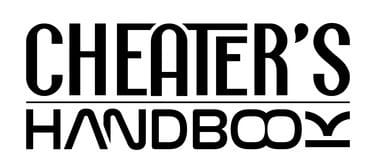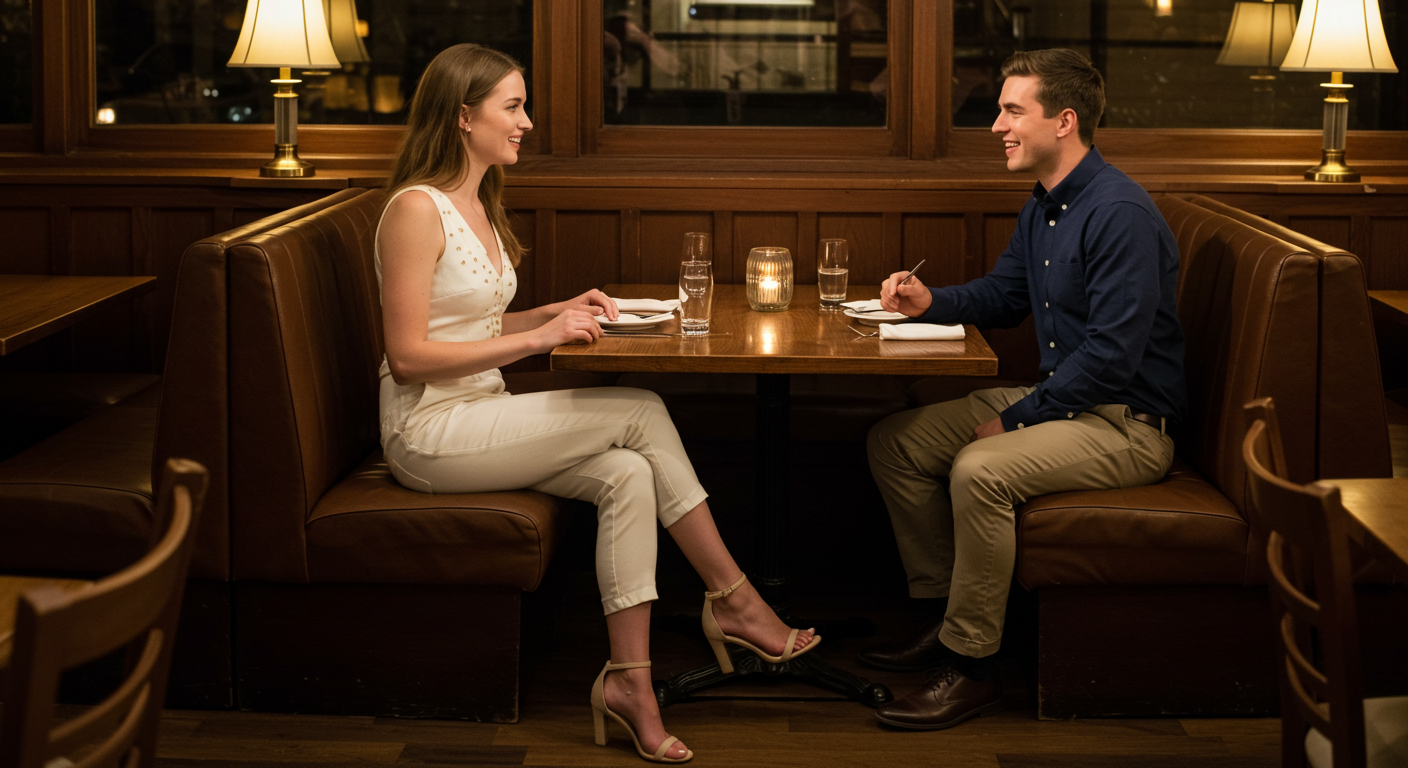Texting in Dating 2025: Do People Even Still Do It?

There was a time when texting was the lifeblood of modern romance. A single message could spark a whole evening of anticipation, or anxiety, or both. We crafted the perfect reply, deleted and retyped, waited just the right number of minutes before sending something casual. Texting in dating used to be everything.
But it’s 2025 now, and the way we communicate in relationships has been flipped upside down—and then flipped again. Texting hasn’t vanished, but it’s no longer the unchallenged front-runner. Between voice notes, FaceTime, Instagram DMs, and AI-generated flirty memes, we’re not just sending messages anymore. We’re navigating an entire spectrum of digital signals, and the rules? They’re evolving faster than most of us can keep up with.
So, do people even still text in dating? Or has it become the social equivalent of using a fax machine to say “I miss you”?
The Vibe Check Has Moved Beyond the Thumbs
Let’s start with the obvious: our relationship with technology is no longer one-dimensional. In 2025, we’re not just glued to our phones—we’re immersed in ecosystems. Dating app chats now integrate video call features. Instagram Stories function like mini personality resumes. A three-second TikTok stitch can say more about emotional compatibility than a paragraph-long text.
What does this mean for texting in dating? It means texting has been demoted from the lead role to a supporting character. It’s still there—still useful—but rarely the main way people connect emotionally. Especially in the early stages.
Voice notes, for instance, have become the new romantic currency. They feel more intimate, more human. They let you hear tone, catch laughter, and experience pauses that don’t feel awkward. Texts, on the other hand, can feel sterile, even calculated. They don’t breathe the same way a whispered “I was thinking about you” does, no matter how many heart emojis you add.
The Slow Fade of the “Good Morning” Text
Once upon a time, the “good morning” and “goodnight” texts were sacred. A person’s digital affection could be measured by whether or not they consistently started and ended your day in your inbox. But in today’s landscape, those messages carry far less weight.
Why? Because now we’re always online. Always reachable. Always “visible” in some form. It’s no longer about a morning check-in—it’s about reacting to their Story within 30 seconds. It’s about tagging them in a meme that says “this is so us” before you’ve even had your first coffee.
That doesn’t mean effort has disappeared—it just looks different. In fact, using only text in 2025 might be interpreted as low-effort, especially if someone is comfortable sending voice notes, jumping on a call, or sharing their screen to watch something together. The standard has changed, and while some people still appreciate the simplicity of a well-timed “thinking of you,” others might wonder why you’re not using any of the fifteen other tools now available to express affection.
The Rise of “Energy Matching” Over Instant Replies
Back in the day, slow replies meant disinterest. Taking more than a few hours to respond to a message felt like a sign you were being benched or ghosted. But texting in dating today has become less about timing and more about energy.
People are less obsessed with how fast you reply and more tuned in to how present you are when you do. Are your replies thoughtful, warm, and personal? Or are they dry, copy-paste responses that feel like you’re texting six other people at the same time?
It’s not about speed anymore—it’s about alignment. The term “energy matching” has become a staple in dating language. It’s not just whether someone texts you—it’s whether they do it with the same vibe you’re bringing. If you send a playful, emotionally intelligent message and they hit you back with a low-effort “cool,” you feel the imbalance immediately.
Texting has become less of a checklist task and more of a litmus test for compatibility. And that’s probably a good thing.
Dry Texters, Green Flags, and Other Dating Fluency Upgrades
One of the strangest shifts in 2025 is how deeply fluent we’ve all become in “texting personality.” Terms like “dry texter,” “breadcrumbing,” and “textual chemistry” are casually dropped into conversations. We don’t just assess what someone says—we read into tone, pace, emoji use, and even punctuation.
A period at the end of a sentence? Might feel passive-aggressive. Too many exclamation marks? Could come off as desperate. No punctuation at all? Chaotic, but maybe endearingly so. We’ve become digital anthropologists of our own affection.
Texting in dating isn’t just about staying in touch—it’s about decoding micro-signals. The kind of language someone uses, how often they initiate, whether they ask follow-up questions or just respond to keep the exchange going—these all form a sort of emotional breadcrumb trail. And we follow it, hoping it leads somewhere meaningful.
The flip side? Overanalysis is at an all-time high. One poorly worded or delayed text can tank an entire vibe. So while texting might feel like less of a priority now, the pressure it carries hasn’t necessarily gone away—it’s just shifted to subtler terrain.
When Less Texting Means More Interest
Here’s a paradox no one really saw coming: in 2025, less texting sometimes means more romantic interest. And no, that’s not just wishful thinking dressed up as optimism.
People are growing more mindful of their time and emotional energy. With so many ways to stay connected, someone who really likes you might actually prefer planning a video call, scheduling a date, or sending you a funny voice note while on the go—rather than stretching out a conversation over six hours of fragmented texting.
This isn’t about playing hard to get. It’s about being more intentional. Quality over quantity. If someone isn’t texting constantly, but is reaching out to share parts of their day in thoughtful ways—or setting aside time to actually see you—then they’re likely expressing interest in a more sustainable, grounded way.
This is the new emotional literacy. Less “talking all day every day” and more “let’s connect meaningfully, not just habitually.”
When AI Starts Crafting the “Perfect Text” for You
If you’ve ever typed a message, paused, deleted it, typed again, then Googled “how to flirt without sounding needy,” welcome to the human experience. But in 2025, even that deeply personal moment of overthinking has competition—from AI.
Chatbots and AI writing assistants are now integrated into dating apps and messaging platforms. They don’t just autocorrect anymore. They offer full-sentence suggestions, tweak your tone, and help you write “cool but emotionally available” responses in under ten seconds. On paper, this sounds like a godsend for the anxious dater. Who doesn’t want help sounding clever and charming?
But beneath the polish lies a quiet crisis: authenticity. When someone sends you a beautifully crafted message, how do you know it’s them speaking? Has dating become a performance where we’re all outsourcing our vulnerability to algorithms?
This doesn’t mean texting in dating is doomed—but it does mean it’s harder than ever to know when someone is being genuine. Real connection now requires more than a witty message. It requires proof that behind the text, there’s a person—and not a prompt.
The Slow Death of Traditional Flirting… or Its Reinvention?
Remember the days when texting felt like its own form of flirtation? You’d agonize over what to say, wait for that little typing bubble to appear, then stare at it like it held the secrets of the universe. Every emoji mattered. Every “haha” or “lol” had subtext. And if someone used your name in a message? Instant butterflies.
In 2025, some of that magic has dulled—not because people care less, but because digital communication has become so routine. We message coworkers, parents, old school friends, and romantic interests all in the same app, often using the same tone. Texting isn’t always sacred anymore. It’s just… expected.
But here’s the twist: the decline of traditional flirting by text has made space for new ways of expressing interest. Flirting now happens in collaborative playlists, inside co-op games, during FaceTime cooking sessions. The “you up?” text has evolved into the “listen to this song, it reminds me of you” audio drop. Instead of just saying, “I miss you,” someone might send you a video of the place you first met, or a blurry selfie from their walk, just to make you part of their moment.
So no—flirting isn’t dead. It’s just no longer confined to the inbox.
Ghosting, Dry Texting, and the Burnout That Follows
Of course, not everything in modern dating feels so creatively hopeful. Some of the old monsters have stuck around, just with fancier masks.
Ghosting still exists—maybe even more than before. With so many platforms, so many connections, and so little time, emotional avoidance has found new digital hiding places. People disappear mid-convo on apps, stop replying to texts after two dates, or leave your last message on “read” for weeks while still viewing every one of your Stories.
Dry texting, too, remains a buzzkill. You send a long, thoughtful message, and they reply with “yeah” or “lol” or just a heart reaction. You try to joke, ask questions, dig deeper—but it’s like texting a brick wall with a data plan.
The cumulative effect of this? Burnout. People are tired. Tired of trying to read between the lines. Tired of investing energy into conversations that never go anywhere. Tired of pretending “it’s fine” when it clearly isn’t.
Texting in dating hasn’t become irrelevant—but it has become emotionally expensive. And more people are starting to reevaluate whether the effort is worth the reward.
So Where Does That Leave Us?
Maybe the real question isn’t “do people still text in dating?” but “how do people use texting in a world that’s noisier, faster, and more emotionally cautious than ever?”
The truth is, texting is still part of the romantic experience—but it’s no longer the entire foundation. It’s a tool, not the relationship itself. And the couples who seem to thrive in this era? They’re the ones using texting to complement real connection, not replace it.
They might text less, but connect more. They might skip small talk and dive into meaningful exchanges when they do message. They might not send “good morning” texts every day, but they remember your job interview and text right after to ask how it went. That kind of texting still matters.
And if you’re dating in 2025, here’s what matters most: clarity, consistency, and context. Whether you’re texting, voice noting, or sending goofy photos—what matters is that the communication feels real. Intentional. And mutual.
A Final Word for the Romantics Still Typing Their Hearts Out
If you still care about texts that mean something, if you still believe that a late-night “thinking of you” message has the power to move someone’s heart—don’t let this new era convince you you’re outdated.
Yes, things are different now. Texting has evolved. But intention hasn’t gone out of style. Being thoughtful, curious, honest—that still cuts through the noise. Always will.
So whether you’re typing from a cracked screen, sending voice notes from your car, or planning your next date through shared Spotify links, remember: connection is the goal. The medium is just the container.
And if they really like you, it won’t matter if you text, call, or send smoke signals—they’ll show up. You won’t have to overthink every message.
Because when it’s real, you won’t need an AI to write the perfect reply. You’ll already know what to say.
My Go-To Platform for Flings, Affairs, and MILFs
Looking for top-notch flings, affairs, or MILFs? Skip the rest, AdultFriendFinder is the gold standard. Zero bots, zero fakes—just real connections. I've scored big in multiple cities. Sign up now, it's FREE!








